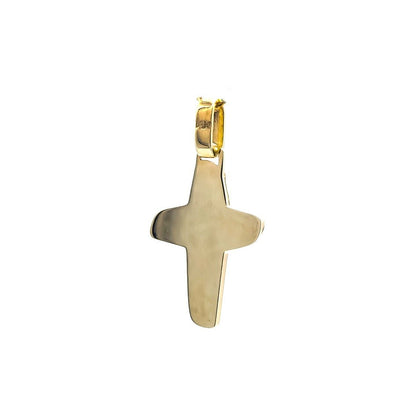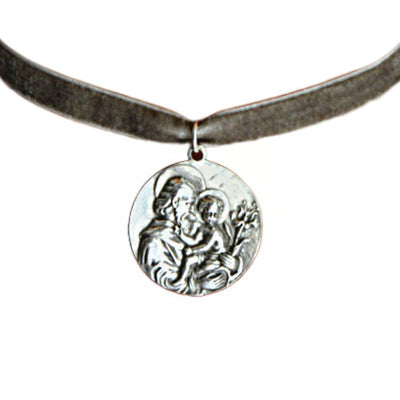Celebrating Dia de los Muertos: A Unique Journey Through Tradition
Introduction
Have you ever experienced the beauty and solemnity of dia de los muertos? If not, we're here to guide you on a magical journey. Dive deep into the vibrant colors, intricate altars, and rich traditions of this significant Mexican holiday. Ready to immerse yourself? Let's embark!

What is the Day of the Dead?
The Day of the Dead, or "Día de los Muertos," is not just a single day but an event that spans several days. Unlike Halloween, it isn't about spookiness but rather a celebration of life and death combined. Can you picture a blend of sorrow and festivity? That's what it embodies.
The Origins: More Than Just A Festival
The roots of this tradition go back over 2,000 years to indigenous Mexican cultures. Isn't it fascinating how some celebrations withstand the test of time?
Key Elements: Beyond the Skeletons
The Altars (Ofrendas)
Altars or "Ofrendas" are built in homes to honor departed loved ones. Think of them as a doorway between the world of the living and the dead.
Marigolds
The vibrant orange marigold acts as a beacon for spirits. Can you imagine an entire town painted orange? It would be a sight to behold!
Sugar Skulls
Contrary to their eerie appearance, sugar skulls are delightful sweet treats symbolizing death and rebirth.
Best Places to Experience the Celebration
Mexico City
The capital offers grand parades, impressive ofrendas, and a unique blend of the ancient and contemporary.

Oaxaca
The streets of Oaxaca come alive with music, dances, and colorful markets. It's like stepping into a storybook!

Janitzio
This island in Lake Pátzcuaro holds an all-night vigil, where families greet the returning souls on boats illuminated by candles. Imagine experiencing a sensation that feels like it's from another world. That's exactly what you get to feel when you hear this. Doesn't that sound incredible?

The Significance: Why It's More Than Just A Party
The Day of the Dead is an opportunity for families to reconnect, remember their ancestors, and celebrate life. It teaches us that death isn't the end but a continuation of the journey.
How Can Tourists Respectfully Participate?
As a visitor, immerse yourself, but remember to respect local customs. Wear traditional attire only if invited, and always ask permission before capturing moments with your camera.
A Glimpse Into the Future: The Evolution of the Tradition
With globalization, elements of the dia de los muertos are being adopted worldwide. How might this shape the future celebrations in Mexico?
Conclusion
Dia de los muertos in Mexico is more than just a holiday—it's an intimate glimpse into the heart and soul of its people. By participating, you aren't just observing; you're becoming a part of a tradition that stretches back millennia. Isn't it time you booked that trip?
FAQs:
1. Is the Day of the Dead similar to Halloween?
No, while both revolve around the theme of death, their origins, meanings, and celebrations are distinct.
2. Can tourists set up their ofrendas?
It's best to participate under the guidance of a local or host who can explain the significance and protocol.
3. Why are marigolds so prominent during the celebrations?
Marigolds, with their bright color and scent, are believed to guide spirits back to the world of the living.
4. Do people wear costumes during the Day of the Dead?
Yes, many wear traditional attire or paint their faces as "calaveras" (skeletons).
5. Is it appropriate to bring gifts when attending a Day of the Dead celebration?
Yes, gifts like food, beverages, or candles are appreciated when visiting someone's home.




















Leave a comment